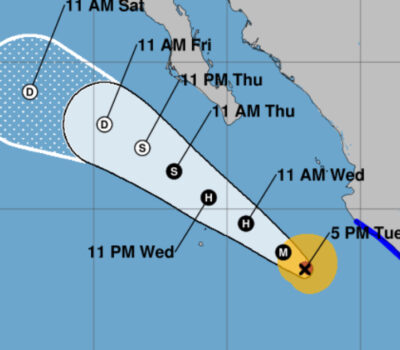Using data from two long-term studies of women and men, researchers found a potential link between citrus consumption and malignant melanoma of the skin.
But the study did not test whether citrus fruits were the cause of the skin cancers, and more work will be needed to confirm the connection, the authors write in the Journal of Clinical Oncology.
The results, from a single “observational” study that may not reflect the whole U.S. population, should be interpreted with caution, said senior author Dr. Abrar Qureshi of the Warren Alpert Medical School of Brown University and Rhode Island Hospital.
Qureshi worked on the study in collaboration with the Channing Division of Network Medicine at Brigham and Women’s Hospital in Boston.
“Cutaneous malignant melanoma is a potentially life-threatening form of skin cancer,” Qureshi said. “Although there have been recently incredible advances in the treatment of melanoma, melanoma prevention through the use of sun protection and skin cancer screening is recommended.”
The researchers used data on more than 63,000 women in the Nurses’ Health Study and 41,000 men in the Health Professionals Follow-Up Study, both of which ran from the mid-1980s to 2010. Every two to four years, researchers collected data on participants’ dietary patterns, and the men and women self-reported health events like melanoma diagnosis, which were confirmed with medical records.
The participants answered questions about how frequently they consumed grapefruit, oranges, grapefruit juice or orange juice, and the total of these four categories was considered an estimate of “overall citrus consumption,” although it does not include other citruses like lemons and limes.
Over more than 20 years of follow-up, the researchers noted 1,840 cases of melanoma. Compared to people who ate citrus less than twice a week, those who ate citrus two to four times per week had a 10 percent increased risk of melanoma.
Melanoma risk increased as citrus consumption increased, rising to a 36 percent increase in risk for people who ate the fruits more than 1.5 times per day, on average. Of the citrus fruits, grapefruit seemed to have the strongest association with melanoma.
Even accounting for varying amounts of sun exposure and the geographic location of the study participants, the association between citrus fruits and skin cancer was still high, Qureshi said.
Fresh citrus fruits contain furocoumarins, a family of photoactive compounds that can make an individual more sun sensitive, and make sun exposure more damaging to skin cells, Qureshi told Reuters Health by email.
“We are NOT recommending changing fruit consumption as these fruits and vegetables are important for overall health,” he said. “However, until we learn more about these furocoumarins, those consuming fresh citrus fruits on a regular basis should be extra careful with sun exposure, and depending on their outdoor activities they should wear appropriate sunscreen, hats and sun-protective clothing.”
In the U.S., there are about 30 cases of cutaneous malignant melanoma for every 100,000 individuals, according to Marianne Berwick of the University of New Mexico in Albuquerque, who wrote an editorial accompanying the findings.
It is the fifth most common cancer in the U.S. and sixth worldwide, Berwick told Reuters Health by email.
The authors of the new study were careful to account for as many other explanations as possible, but still it is too soon to generalize these findings to the average person, she said.
“This study must be replicated in order for it to be used for public health messages,” Berwick said.
SOURCE: bit.ly/1ekfGZD Journal of Clinical Oncology, online June 29, 2015.
Using data from two long-term studies of women and men, researchers found a potential link between citrus consumption and malignant melanoma of the skin . . .











